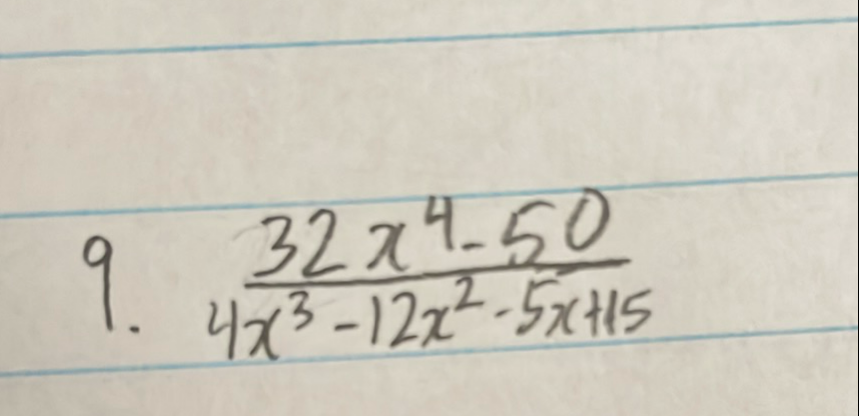AI tutor
Full solution
Q.
- Identify Common Factors: Identify if the numerator and denominator have any common factors that can be factored out.The numerator is , which can be factored as .The denominator is , which does not have an obvious common factor.
- Factorize Numerator: Check if the numerator can be factored further.The expression is a difference of squares and can be factored as .
- Factorize Denominator: Check if the denominator can be factored by grouping. Group the terms as and factor out the common factors. This gives us . Now we can factor out to get .
- Simplify Expression: Now that we have factored both the numerator and the denominator, we can simplify the expression. The simplified form is . We can cancel out the common factor of .
- Final Simplified Form: After canceling the common factor, we are left with the simplified expression.The final simplified form is .
More problems from Operations with rational exponents
QuestionGet tutor help
QuestionGet tutor help

